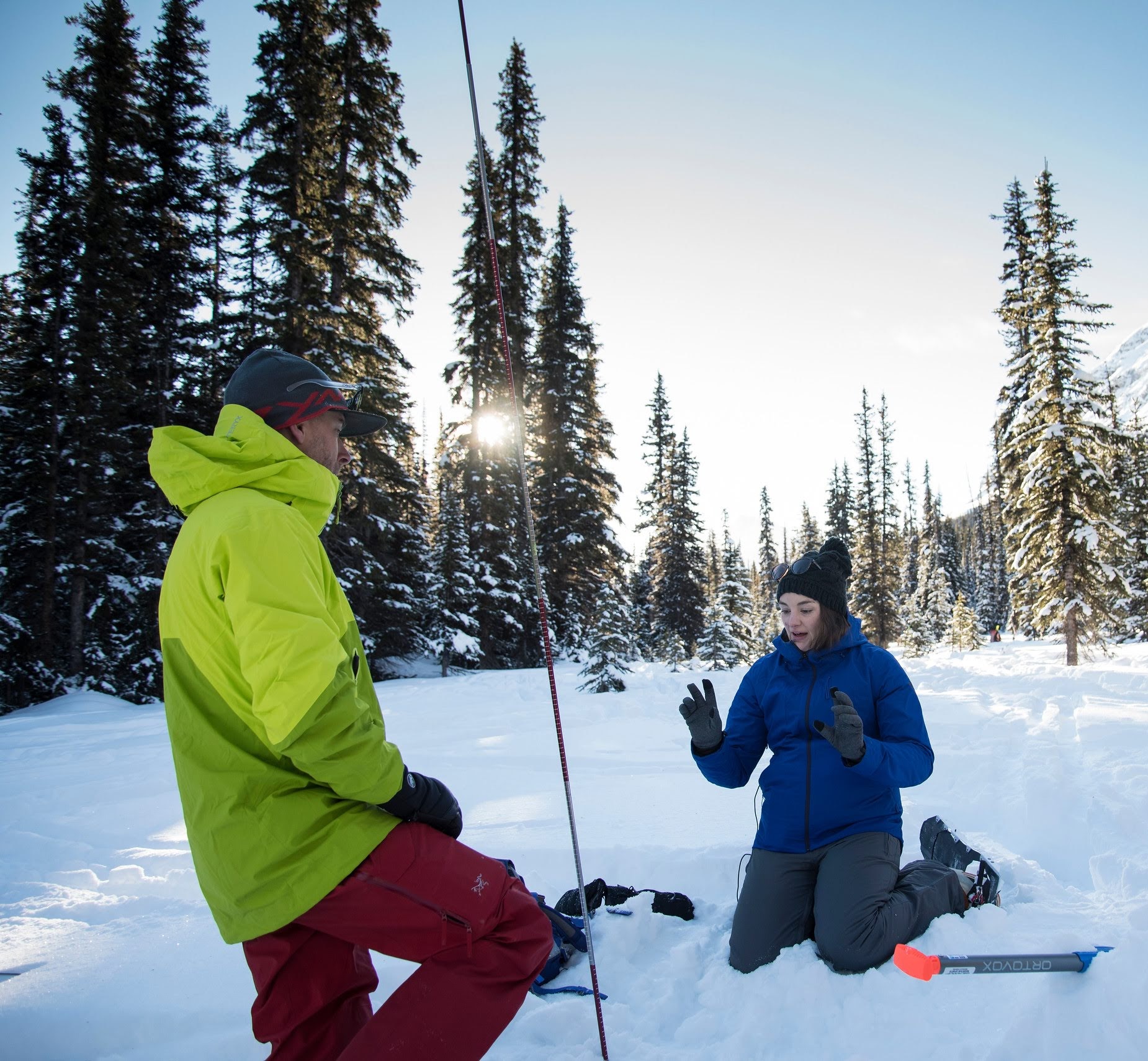In Canmore, we often refer to "zoning" when talking about how a property can be used — but technically, that's not the correct term here. The Town of Canmore uses land use designations under its Land Use Bylaw (LUB), which carry the same purpose: regulating what kind of development and activity is permitted on a property. So while “zoning” isn’t official terminology, it’s commonly used in real estate and by the public because it gets the point across.
One designation that’s been under increasing scrutiny is Tourist Home, which allows a dwelling unit to be used for both full-time living and short-term rental (e.g., Airbnb or VRBO). This hybrid use is rare — and valuable — but recent changes to the Land Use Bylaw and taxation structure are poised to significantly reshape how these properties are used and valued.
So, What’s Changing?
Over the past year, the Town has made a clear policy shift to discourage short-term rentals in residential areas. Key changes include:
Tourist Homes will no longer be allowed as a permitted use going forward, meaning no new Tourist Home properties will be approved. Existing ones will be “legally non-conforming,” meaning you can keep operating — but if you stop renting it short-term for six consecutive months, you lose the right.
All Tourist Homes will now be taxed at the non-residential rate, regardless of how the owner personally uses the home. Previously, owners could self-declare personal use and pay the lower residential rate. That subclass has now been eliminated.
You can voluntarily convert your Tourist Home to residential, and the Town has waived the rezoning application fees (until December 31, 2026). But — and this is important — this decision is irreversible. Once a Tourist Home is converted to residential, it cannot be converted back.
What If You Use Your Tourist Home as a Full-Time Residence?
If you own a Tourist Home but don’t actually rent it out short-term — maybe you live there full-time or rent to a long-term tenant — this change presents a tough choice.
On paper, converting it to a residential designation saves you money on your property tax bill (since non-residential mill rates are about 3x higher). But here's the trade-off: you’ll almost certainly lose resale value.
Tourist zoned homes in Canmore typically sell for 20–30% more than comparable residential properties, simply because of that short-term rental flexibility. That’s a huge premium. If you bought when the market had already priced in that flexibility (and especially if you paid peak market rates), giving up that designation could actually put you underwater if you ever need to sell.
It’s a personal choice:
Save thousands each year in taxes but risk tens (or hundreds) of thousands in equity
Or pay the higher tax rate and preserve the property’s full market value
Some owners might find a balance by keeping the Tourist designation but renting out their unit during personal vacations or shoulder seasons to offset the tax hit. That was, after all, the original spirit of the designation — not full-time Airbnb hotelization, but part-time flexible use. The rise of online booking platforms changed the game, but the core model still works.
Opinion: This Isn’t Going to Help Local Housing Inventory
Let’s call a spade a spade — I don’t believe this policy change will result in more long-term housing options for locals. And I don’t think it’s going to bring down housing prices, even for this one segment of the market.
Why? Because:
The value of these properties is in the Tourist designation.
Removing the residential tax subclass removes the incentive to use it long-term.
Most owners who bought these units as investments won’t willingly devalue them by 20–30% just to save on taxes.
If anything, this change may prompt the opposite effect: owners who were using the property residentially or renting to long-term tenants may now pivot to short-term rentals to justify the higher tax bill. Those tenants could be displaced.
And from a market economics perspective, here’s the kicker: supply of Tourist Homes is now capped. Aside from a limited number in already-approved ASPs like Three Sisters, we won’t see new Tourist Homes in the future. But demand for them isn’t going anywhere. That scarcity will only drive their value higher over time — further incentivizing owners to hold onto the designation, not give it up.
I appreciate that the Town wants more transparency and planning clarity. And yes, for the small number of owners who truly just want to live in the unit and never rent it, this might feel like an easy win. But from where I stand? It feels like a well-intentioned move that could backfire — and actually reduce available long-term housing.
In Summary
If you own a Tourist Home in Canmore, now’s the time to reassess your strategy. Talk to your accountant & a local REALTOR® who understands the nuances of our market (👋), and weigh your long-term goals carefully.
Questions? Curious what your home’s designation means for value? Happy to chat anytime.

